Meet Callaway's Dr. Alan Hocknell: The Brains Behind the Innovation
The tech in the Rogue drivers and irons plus the Chrome Soft ball explained
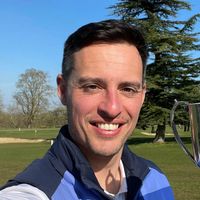

Meet Callaway's Dr. Alan Hocknell: The Brains Behind the Innovation - Callaway's Dr Alan Hocknell talks in depth about its latest technologies found in the Rogue drivers, irons and Chrome Soft ball
Meet Callaway's Dr. Alan Hocknell: The Brains Behind the Innovation
Callaway is constantly bringing unique, game-changing technologies to the market and more often than not, it all starts with Dr. Alan Hocknell, Callaway’s Vice President of R&D.
We’ve spoken to him a few times and it is clear that he is not only knowledgeable about the physics of how a golf club and ball work at impact and through the air, but also passionate about making the game easier for golfers of all abilities through creating even better golf products.
We sat down with the man himself and talked about the design of some of the new products for 2018, including the new Rogue drivers and irons as well as the new Chrome Soft ball.
The Epic drivers were a big success story last year, how difficult was it to create something that was better? Epic had the advantage of jailbreak technology for the first time and the advantages were really apparent to people when they went and got fitted. So, to go and beat that we had to take jailbreak and really experiment further with how to optimise it. We had the whole of the year to do more experiments on the computer and physical prototypes.
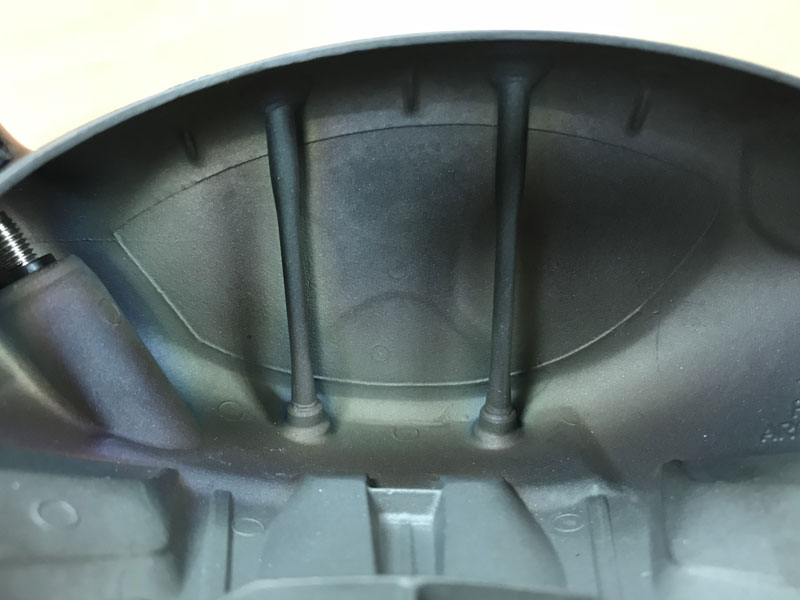
We came to a point where we realised the two vertical titanium bars that give us a lot of stiffness in that direction needed to work in greater synergy with the face as well, so jailbreak is a little different in that it has an hourglass type of a shape now. It makes a little thinner and lighter but still providing vertical stiffness. It works in greater harmony with our new X-face design and the two things together we call the jailbreak effect its like a new engine under the driver, it gives us more ball speed than we had with the Epic.
Subscribe to the Golf Monthly newsletter to stay up to date with all the latest tour news, equipment news, reviews, head-to-heads and buyer’s guides from our team of experienced experts.
Tell us about the three models in the Rogue driver range and what performance they will offer So there’s three models of the Rogue driver. The standard model is most like the Epic driver with the sliding weight sort of in the middle of its track. It’s as ever so slightly draw bias driver. We found with Epic that a lot of people put the sliding weight all the way in the heel trying to create that maximum draw bias.
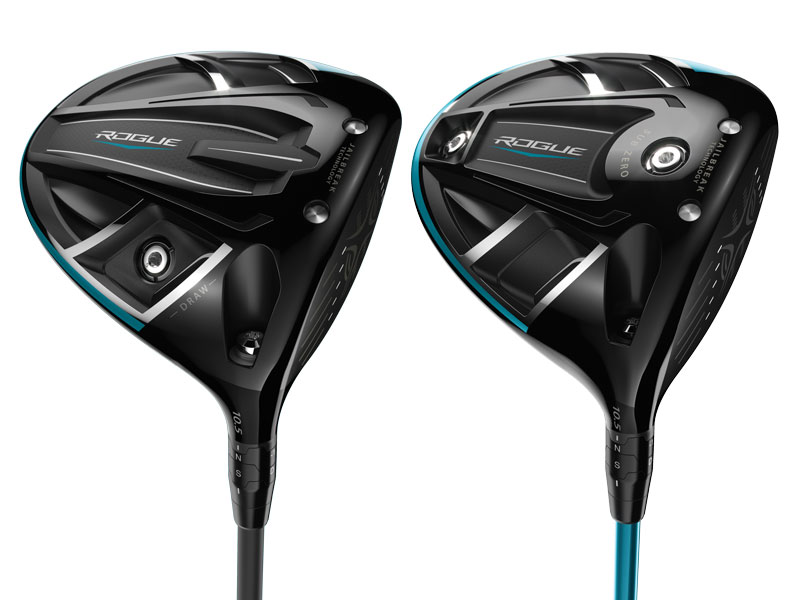
We thought if we take the sliding track and the weight away, we can create even more draw bias in Rogue than we had in Epic, so the draw model in Rogue is a very draw bias driver. Its going to help a lot of people who fight a slice. The third model is the sub-zero model and we’ve seen that be a very successful recipe in that it creates very low spin at the same time as being very forgiving.
RELATED: Callaway Rogue Drivers Review
What makes the Rogue irons so special? A lot of our irons are known for their great distance and ball speed and the primary technology for doing that is our Cup Face technology. We have a Cup Face that has the striking surface and the area around the perimeter of the face, they’re all very thin, very flexible and that flexibility gives us more ball speed which creates more distance.
When you have a face that is that flexible though, you start to get into an area where the vibration that that flexible face causes leads to a sound or a feel which is too long in duration, too high pitched and too loud and we don’t want that. So we’ve introduced a new material into the head which is a very soft urethane material not unlike the cover material in our golf ball but that urethane material is infused with thousands of microscopic glass spheres, essentially making the material porous, and we put it into the head and it has the effect of dampening out the unwanted vibration, that bad feel without taking away any of the ball speed advantage.
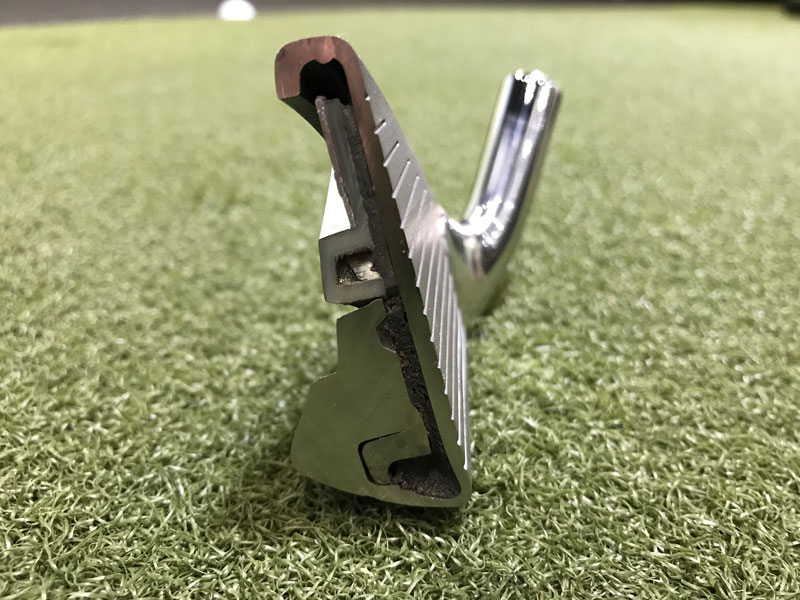
The third technology that the Rogue irons have comes from our Epic irons. The metal injection moulding of a combination of tungsten and steel meant we could control the density of that material and the shape and size of it, and therefore the centre of gravity position. So vertically we can control trajectory and we can also enhance forgiveness, So Rogue irons have all three of those technologies going on, and that leads to a really high-performance iron that also feels great.
RELATED: Callaway Rogue Irons Review
Tell about who the three irons in Rogue range are aimed at The standard model is probably going to fit the largest number of golfers. It’s a true game-improvement iron, so the shape and size, the offset, the sole width, the top line, the blade size, they are kind of things you would be familiar width in our steelhead irons or our XR irons of the past.
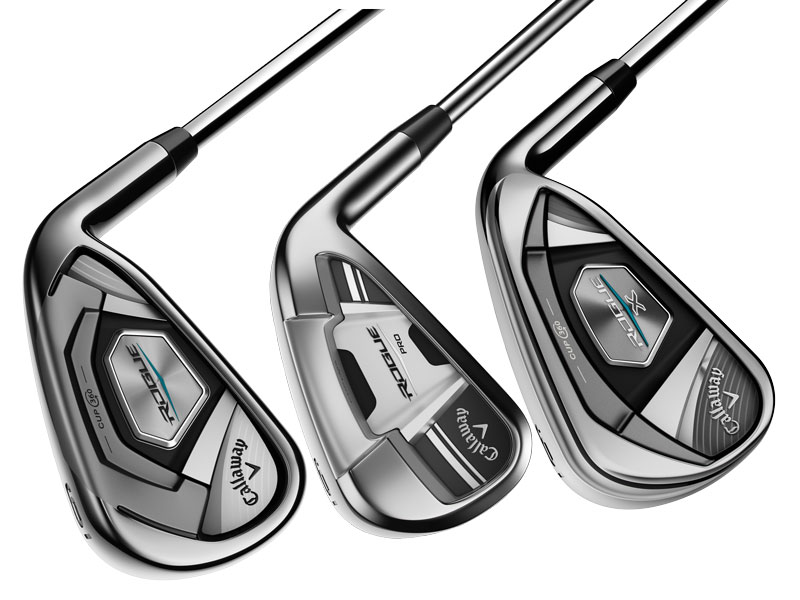
There’s a Rogue Pro iron that is a more compact size and really for better players but still having all the advantages of the technology we talked about. The third iron in the set is very unique, its Rogue X. And it’s a real different take on the way that we’ve configured the irons so its unashamedly got slightly stronger lofts, but what we were able to do was prove that we didn’t lose launch angle when we strengthened the loft because we’ve done some other things inside the head to the centre of gravity position.
What is graphene and why have you put it in the new Chrome Soft balls? Graphene is an atomic-scale honeycomb lattice made of carbon atoms and was first produced in a laboratory at the University of Manchester in 2004 by Russian-born scientists, Andre Geim and Konstantin Novoselov, who went on to be awarded the 2010 Nobel Prize in Physics for their work. Graphene is super-strong – stronger than diamond, 200 times stronger than steel and believed to be the strongest material in the world. Remarkably, it's both stiff and elastic so you can stretch it by an amazing amount - 20-25% of its original length - without it breaking, because the flat planes of carbon atoms can flex relatively easily without the atoms breaking apart.
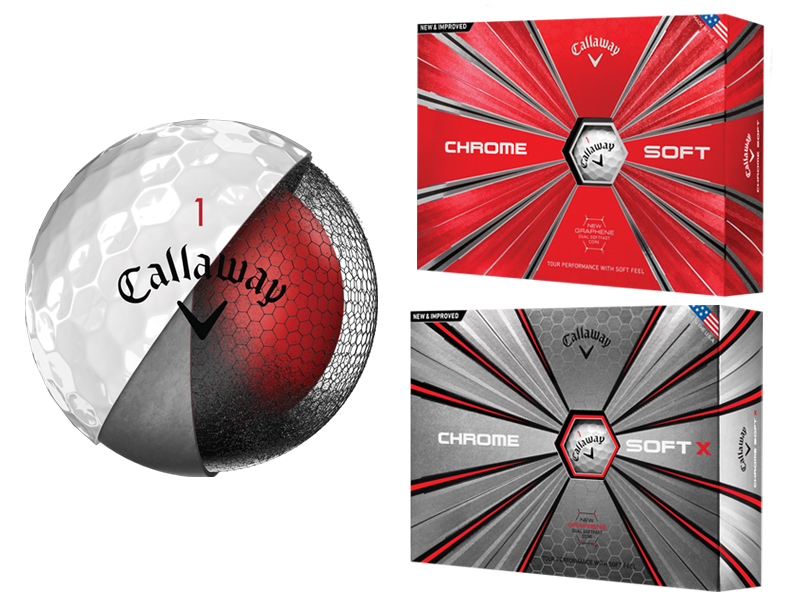
We had to assess which part of our golf ball we could mix it with to get a strength advantage and where in the golf ball we would want it, bearing in mind that pretty much anything graphene ‘looks at’ turns it black! Even though it is slightly transparent, the carbon content always comes to the fore if you use enough of it. We looked at various parts of the golf ball and the functions of each, and we quickly decided that if we were going to use a material that made any part of our golf ball substantially stronger it would be in the outer core, because its role is partly to allow the inner core to be soft.
What we wanted to produce was an outer core that was much stronger, effectively a thinner but stronger ‘crash helmet’ for the inner core and that would allow us to make the inner core bigger. If you think of this inner core as the engine of the golf ball, the inner of the new Chrome Soft is now bigger and softer because it is protected by the stronger outer core, which allows us to pump up the speed, pump up the spin-reducing characteristic of the soft core, and still retain the soft-feel benefits.
What does it mean to the golfer? We have retained the overall soft feel of the golf ball, although we intentionally have changed the feel when playing shots near the green to make it have a crisper ‘clickier’ sound. This has been achieved after direct feedback from customers who said they would benefit from greater audio response around the green. People should also notice higher ball speeds from the driver with both balls, and significantly better distance with mid-irons and approach shots. Off the driver there is a reduction in spin, relative to the original Chrome Soft, and an increase in speed, without giving up any launch angle – and that’s a recipe for greater overall distance.
The X ball has undergone the bigger transformation of the two. We have dramatically reduced its spin profile through the bag so, in many ways, it is similar to the standard Chrome Soft ball of 2017, but what you will find now is a firmer overall feel, while still retaining excellent spin properties around the green. The differences between both golf balls are mostly focused on feel and then if you have a swing speed in the higher ranges - roughly 105mph and above - you might be an ideal candidate for the X, as its increased firmness will convert more driver head speed to ball speed, compared to standard Chrome Soft.
Be sure to follow Golf Monthly on Facebook, Twitter and Instagram for all the latest news and reviews.

Joel has worked in the golf industry for over 15 years covering both instruction and more recently equipment. He now oversees all equipment and video content at Golf Monthly, managing a team of talented and passionate writers and presenters in delivering the most thorough and accurate reviews, buying advice, comparisons and deals to help the reader or viewer find exactly what they are looking for.
One of his career highlights came when covering the 2012 Masters he got to play the sacred Augusta National course on the Monday after the tournament concluded, shooting a respectable 86 with just one par and four birdies. To date, his best ever round of golf is a 5-under 67 back in 2011. He currently plays his golf at Burghley Park Golf Club in Stamford, Lincs, with a handicap index of 3.1.
Joel's current What's In The Bag?
Driver: Titleist GT3, 9°, Fujikura Ventus Black 6 S shaft.
Fairway wood: Titleist TSR3, 15°
Hybrid: Titleist TSi2, 18°
Irons: Titleist T150, 4-PW
Wedges: Titleist Vokey SM10, 50°, 54° and 58°
Putter: LAB Golf DF3
Ball: 2025 Titleist Pro V1x